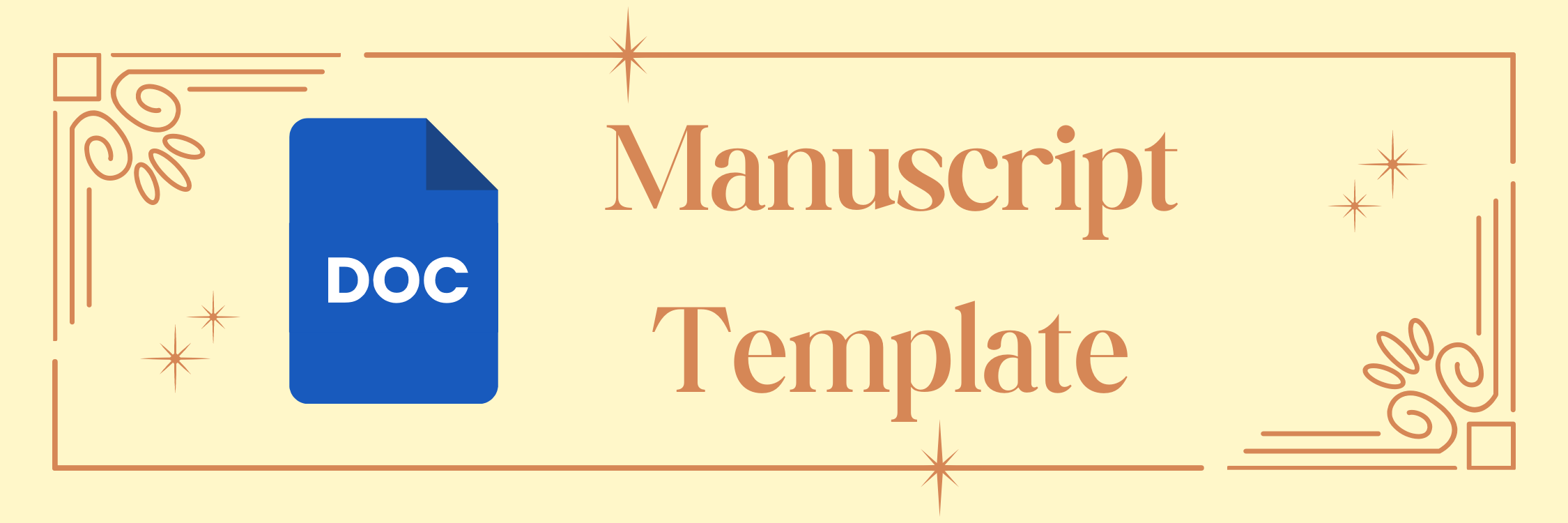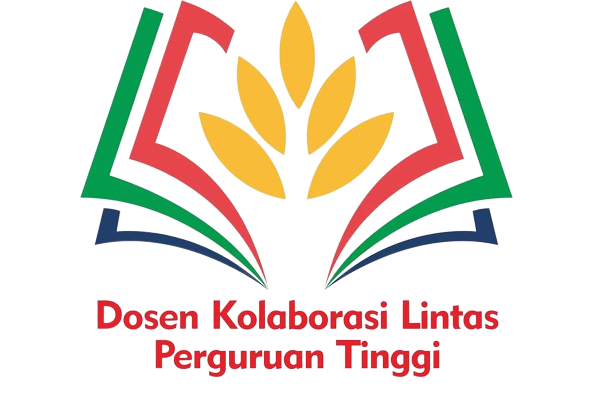Building city branding of Yogyakarta as a cultural city: A youtube user-generated content analysis
DOI:
https://doi.org/10.69812/itj.v1i1.18Keywords:
City branding, Culture, User-generated contentAbstract
This study aims to analyze the role of social media in the form of Youtube in promoting the city branding of Yogyakarta, which has been known as a city of culture. Specifically, this research develops three research questions: 1) “What is the role of Youtube social media in promoting city branding of Yogyakarta?”, 2) “Does the cultural aspect appear as the main image of Yogyakarta on Youtube social media?”, 3) “What are the roles of individuals and institutions in the process of Yogyakarta city branding as a cultural city on social media Youtube?”. A total of 240 user-generated content on Youtube were collected via #yogyakarta over a period of 1 month. The content is then analyzed using content information analysis. This study adopts 12 different categories in order to analyze video content. Related to the research question, the research results show that social media plays an important role in creating city branding in Yogyakarta. In this case, users are able to describe Yogyakarta from various perspectives through social media (Youtube). Second, the cultural aspects identified are not the main aspects related to Yogyakarta, but local culinary delights and historical buildings. Nonetheless, these two aspects have a long history and connection with the culture in Yogyakarta. For the last question, the research results show that individuals play a bigger role in building Yogyakarta city branding than institutions. This shows that individuals are positioned not only as consumers of social media but also as producers of social media.
Downloads
References
Acuti, D., Mazzoli, V., Donvito, R., Chan, P., Mazzoli, V., & Chan, P. (2018). An instagram content analysis for city branding in London and Florence An instagram content analysis for city branding in London. Journal of Global Fashion Marketing, 9(3), 185–204. https://doi.org/10.1080/20932685.2018.1463859
Andéhn, M., & Lucarelli, A. (2014). User-generated place brand equity on Twitter : The dynamics of brand associations in social media. Place Branding and Public Diplomacy, 10, 132–144. https://doi.org/10.1057/pb.2014.8
Baka, V. (2015). Understanding valuing devices in tourism through “place-making.” Valuation Studies, 3(2), 149–180. https://doi.org/https://doi.org/10.3384/VS.2001-5992.1532149
Berrozpe, A., Campo, S., & Yagüe, M. J. (2017). Understanding the identity of Ibiza, Spain. Journal of Travel & Tourism Marketing, 38(4), 1033–1046. https://doi.org/https://doi.org/10.1080/10548408.2016.1272525
Central Statistics Agency, B. (2019). Jumlah kunjungan wisman ke Indonesia Desember 2019 mencapai 1,38 juta kunjungan. https://www.bps.go.id/pressrelease/2020/02/03/1711/jumlah-kunjungan-wisman-ke-indonesia-desember-2019-mencapai-1-38-juta-kunjungan-.html
Chen, S. (2018). City branding through cinema : the case of postcolonial Hong Kong. Journal of Brand Management. https://doi.org/10.1057/s41262-018-0119-z
Choi, S., Lehto, X. Y., & Morrison, A. M. (2007). Destination image representation on the web : Content analysis of Macau travel related websites. Tourism Management, 28, 118–129. https://doi.org/10.1016/j.tourman.2006.03.002
Criado, J. I., Sandoval-Almazan, R., & Gil-Garcia, J. R. (2013). Government innovation through social media. Government Information Quarterly, 30(4), 319–326. https://doi.org/10.1016/j.giq.2013.10.003
Culotta, A., & Cutler, J. (2016). Mining brand perceptions from twitter social networks. Marketing Science, 35(3), 343–362. https://doi.org/10.1287/mksc.2015.0968
Fitchett, J. A. (2005). Consumers as stakeholders: Prospects for democracy in marketing theory. Business Ethics: A European Review, 14(1), 14–27. https://doi.org/10.1111/j.1467-8608.2005.00383.x
Gertner, D. (2011). A (tentative) meta-analysis of the ‘place marketing’and ‘place branding’literature. Journal of Brand Management, 19, 112–131. https://doi.org/10.1057/bm.2011.13
Gkritzali, A., Lampel, J., & Wiertz, C. (2016). Blame it on Hollywood: The influence of films on Paris as product location. Journal of Business Research, 69(7), 2363–2370. https://doi.org/10.1016/j.jbusres.2015.10.005
Glinska, E., & Rudolf, W. (2019). City Brand Personality Projected by Municipalities from Central and Eastern Europe Countries — A Comparison of Facebook Usage. Sustainability, 11(5540), 1–22. http://dx.doi.org/10.3390/su11195440
Gulbahar, M. O., Yildirim, F. (2015). Marketing efforts related to social media channels and mobile application usage in tourism: Case study in Istanbul. Procedia-Social and Behavioral Sciences, 195, 453–462. https://doi.org/10.1016/j.sbspro.2015.06.489
Gümüş, N., & Gümüş, N. (2016). Usage of Social Media in City Marketing : A Research on 30 Metropolitan Municipalities in Turkey. Emerging Markets Journal, 6(1), 30–37. https://doi.org/10.5195/emaj.2016.92
Issundari, S., Yani, Y. M., Sumadinata, R. W. S., & Heryadi, R. D. (2021). From Local to Global: Positioning Identity of Yogyakarta, Indonesia through Cultural Paradiplomacy. Academic Journal of Interdisciplinary Studies, 10(3), 177–187. https://doi.org/10.36941/ajis-2021-0074
Kencono, D. S., & Iqbal, M. (2021). Do Cultural Values Affect the Implementation of Smart Living Policy in Yogyakarta City? In 4th International Conference on Sustainable Innovation 2020–Social, Humanity, and Education (ICoSIHESS 2020) Atlantic Press, 35–41. https://doi.org/10.2991/assehr.k.210120.102
Kim, A. J., & Ko, E. (2010). Impacts of luxury fashion brand’s social media marketing on customer relationship and purchase intention. Journal of Global Fashion Marketing, 1(3), 164–171. https://doi.org/10.1080/20932685.2010.10593068
Költringer, C., & Dickinger, A. (2015). Analyzing destination branding and image from online sources: A web content mining approach. Journal of Business Research, 68(9), 1836–1843. https://doi.org/https://doi.org/10.1016/j.jbusres.2015.01.011
Lew, A. A. (2019). Tourism planning and place making: place-making or placemaking? In Tourism Planning and Development, 142–160. https://www.taylorfrancis.com/chapters/edit/10.4324/9781315083742-9/tourism-planning-place-making-place-making-placemaking-alan-lew
Luangrath, A. W., Peck, J., & Barger, V. A. (2016). Textual paralanguage and its implications for marketing communications. Journal of Consumer Psychology. https://ssrn.com/abstract=2779346
Morrison, A. M. (2013). Marketing and managing tourism destinations. Routledge. https://doi.org/10.4324/9780203081976
Netzer, O., Feldman, R., Goldenberg, J., & Fresko, M. (2012). Mine your own business: Market-structure surveillance through text mining. Marketing Science, 31(3), 521–543. https://doi.org/10.1287/mksc.1120.0713
Oguztimur, S., & Akturan, U. (2016). Synthesis of city branding literature (1988–2014) as a research domain. International Journal of Tourism Research, 18(4), 357–372. https://doi.org/https://doi.org/10.1002/jtr.2054
Populix. (2022). Populix report 2022. https://info.populix.co/report/
Ramadhani, I. S., & Indradjati, P. N. (2023). Toward contemporary city branding in the digital era: conceptualizing the acceptability of city branding on social media. Open House International. https://doi.org/10.1108/OHI-08-2022-0213
Scarles, C. (2011). Eliciting embodied knowledge and response: Respondent-led photography and visual autoethnography. In An Introduction to Visual Research Methods in Tourism, 70–91. https://www.taylorfrancis.com/chapters/edit/10.4324/9780203855867-8/eliciting-embodied-knowledge-response-caroline-scarles
Skinner, H. (2018). Who really creates the place brand ? Considering the role of user generated content in creating and communicating a place identity. Communication & Society, 31(4), 9–25. https://doi.org/10.15581/003.31.4.9-25
Sutriadi, R., Rashad, I., & Ramadhan, A. (2020). Place branding as the development of thematic city digital era. In IOP Conference Series: Earth and Environmental Science, 592(1), 012032. https://doi.org/10.1088/1755-1315/592/1/012032
Taecharungroj, V. (2018). User-generated place brand identity : harnessing the power of content on social media platforms. Journal of Place Management and Development. https://doi.org/10.1108/JPMD-11-2017-0117
Vitasurya, V. R., Hardiman, G., & Sari, S. R. (2018). Geographical Conditions and Cultural Tradition as Determinants in Sustaining Tourism Village Program Case Study Tourism Villages in Yogyakarta. The Academic Research Community Publication, 2(2), 1–9. https://doi.org/https://doi.org/10.21625/archive.v2i2.240
Zenker, S., Braun, E., & Petersen, S. (2017). Branding the destination versus the place: The effects of brand complexity and identification for residents and visitors. Tourism Management, 58, 15–27. https://doi.org/https://doi.org/10.1016/j.tourman.2016.10.008
Zhang, K., & Sarvary, M. (2015). Differentiation with user-generated content. Management Science, 61(4), 898–914. https://doi.org/https://doi.org/10.1287/mnsc.2014.1907
Zhou, L., & Wang, T. (2014). Social media: A new vehicle for city marketing in China. Cities, 37, 27–32. https://doi.org/https://doi.org/10.1016/j.cities.2013.11.006
Downloads
Published
How to Cite
Issue
Section
License
Copyright (c) 2024 Siswantoro Siswantoro, Ihsanul Ikhwan

This work is licensed under a Creative Commons Attribution-ShareAlike 4.0 International License.
You are free to:
- Share — copy and redistribute the material in any medium or format for any purpose, even commercially.
- Adapt — remix, transform, and build upon the material for any purpose, even commercially.
- The licensor cannot revoke these freedoms as long as you follow the license terms.
Under the following terms:
- Attribution — You must give appropriate credit, provide a link to the license, and indicate if changes were made . You may do so in any reasonable manner, but not in any way that suggests the licensor endorses you or your use.
- ShareAlike — If you remix, transform, or build upon the material, you must distribute your contributions under the same license as the original.
- No additional restrictions — You may not apply legal terms or technological measures that legally restrict others from doing anything the license permits.















